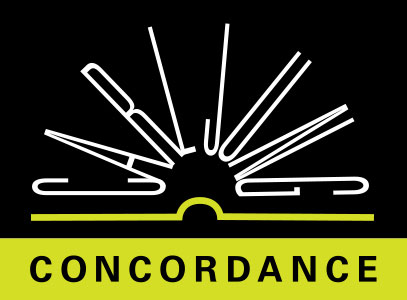In CW9.2: par. 163 , Jung begins his chapter on the historical importance of the fish with a discussion of the birth of the Messiah. He writes:
Jung: Like every hero, Christ had a childhood that was threatened (massacre of the innocents, flight into Egypt). The astrological “interpretation” of this can be found in Revelation 12 : 1: “A woman clothed with the sun, with the moon under her feet, and on her head a crown of twelve stars”
This image of the woman clothed with the sun is part of a grand apocalyptic vision experienced by St. John the Divine on the island of Patmos
AL ¶ 0VARIATION OF
CHRIST'S NATIVITY
Jung refers to this account in Revelation as a variation of Christ's nativity. He attaches considerable importance to the image, as indicated by his lengthy discussion of it in “Answer to Job” ( CW11: pars. 710ff. )
AL ¶ 0He observes there that the image also corresponds to the myth of Leto's giving birth to Apollo. Leto was pregnant with the twins Artemis and Apollo, but Hera in the form of a python pursued her and allowed her no rest, nor was any place on earth permitted to aid at the birth, which finally came to pass on Delos, a floating island
AL ¶ 0The passage in Revelation gives us a parallel image of a pregnant woman with a serpent or dragon waiting to devour the child as soon as it comes forth. In his commentary in “Answer to Job,” Jung notes that in the Revelation text she is “a woman clothed with the sun,” emphasizing that she is simply “ `a woman'an ordinary woman, not a goddess and not an eternal virgin immaculately conceived” ( CW11: par. 711 )
AL ¶ 0THE NEXT INCARNATION
OF THE SELF
Jung puts forth the idea that the next incarnation of the Self is symbolized by the birth of this child, and that as it appears in the individuation process, it will be born out of the ordinary human being and not the special purified one represented by the Virgin Mary
AL ¶ 0He points out that the child is born out of the union of opposites. Since the woman is clothed in the sun and has the moon at her feet; she personifies the coniunctio of Sol and Luna. Jung continues:
AL ¶ 0Jung: ( CW11: par. 713 ) The man-child is “caught up” to God, who is manifestly his father, and the mother is hidden in the wilderness. This would seem to indicate that the child-figure will remain latent for an indefinite time and that its activity is reserved for the future
Jung: The story of Hagar may be a prefiguration of this. The similarity between this story and the birth of Christ obviously means no more than that the birth of the man-child is an analogous event
AL ¶ 0SECOND MESSIAH EXPECTED
Jung: This strange repetition or duplication of the characteristic events in Christ's life gave rise to the conjecture that a second Messiah is to be expected at the end of the world
AL ¶ 0This image is particularly relevant to the individuation process, and it has been discovered and made explicit at the present time. The man-child who is caught up to God is an image of the Self which is to be realized through the efforts of the ordinary person at the end of the Christian aeon
AL ¶ 0The image is a prefiguration of the discovery of the individuation process, which is why Jung paid so much attention to it
AL ¶ 0